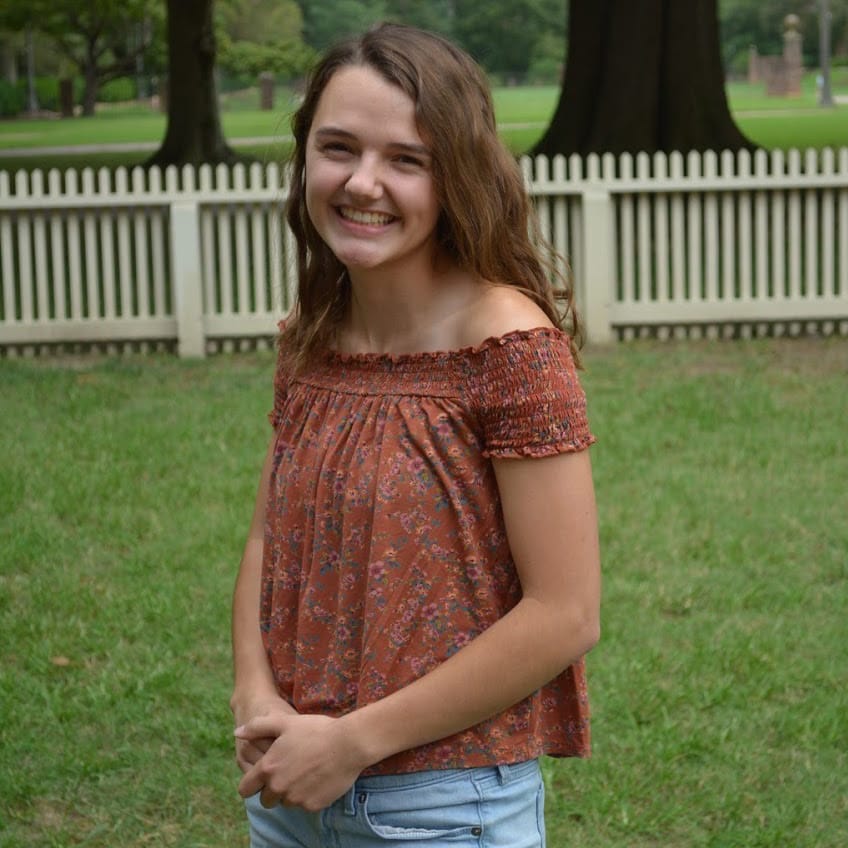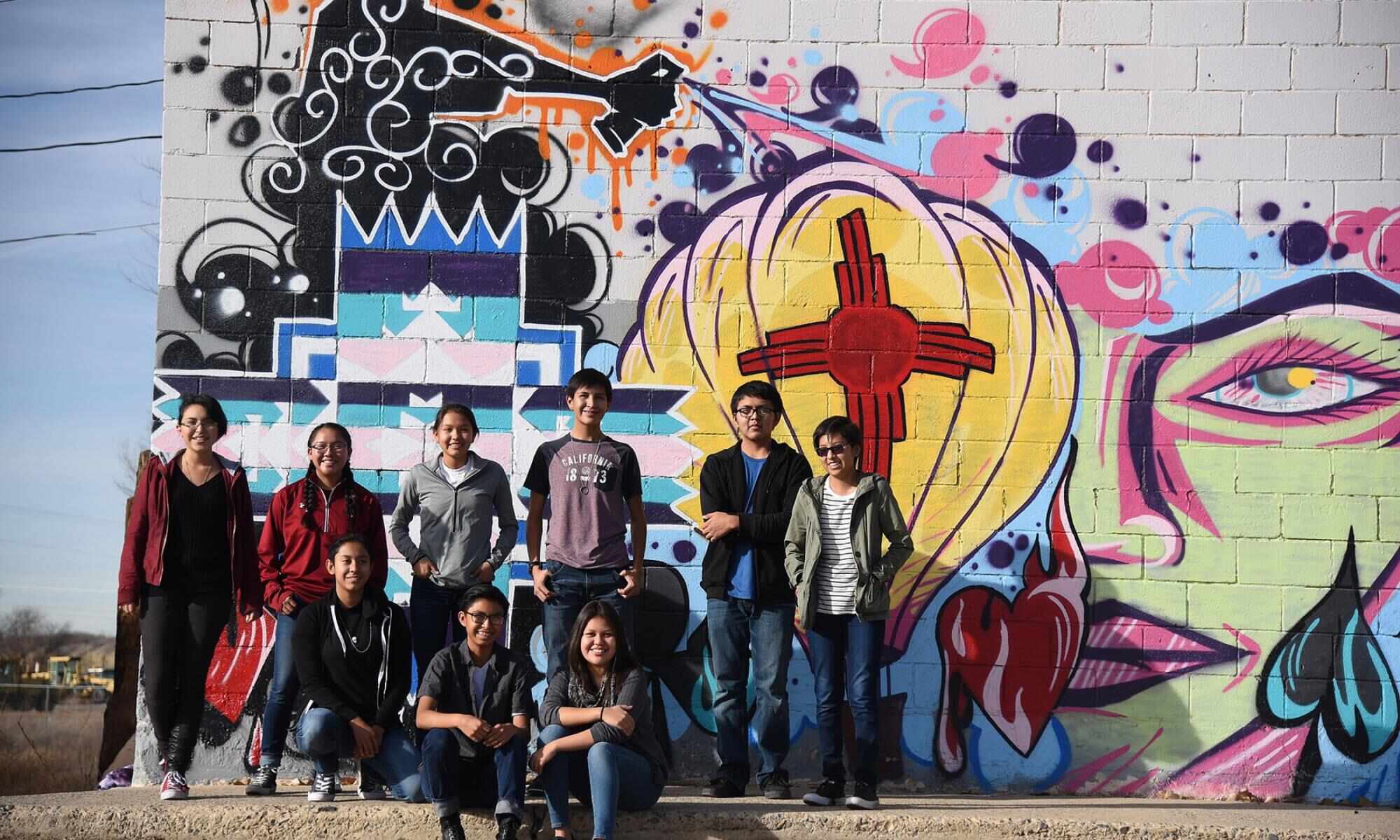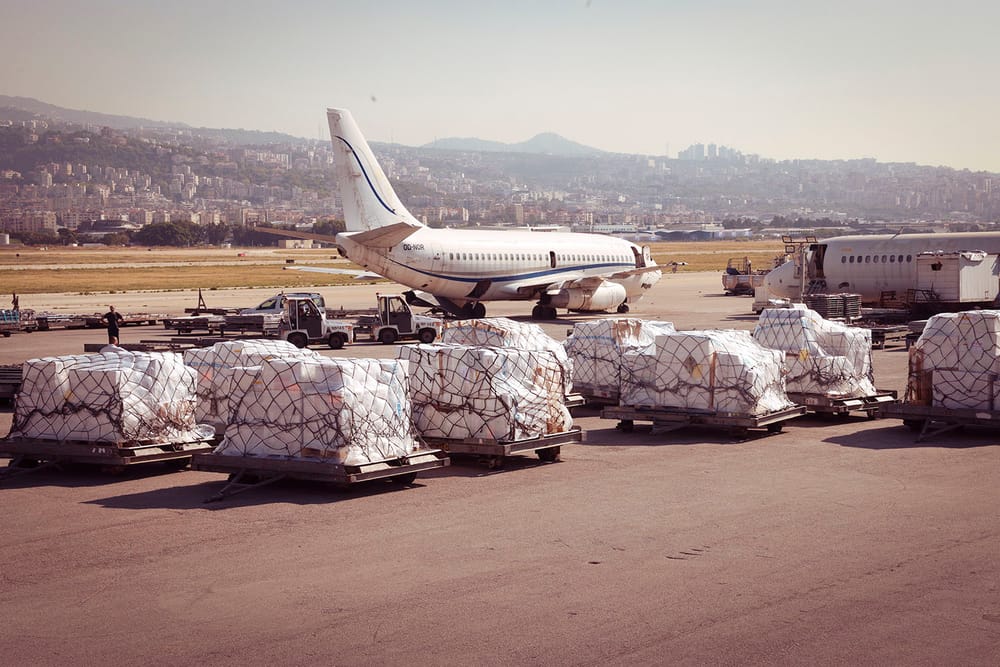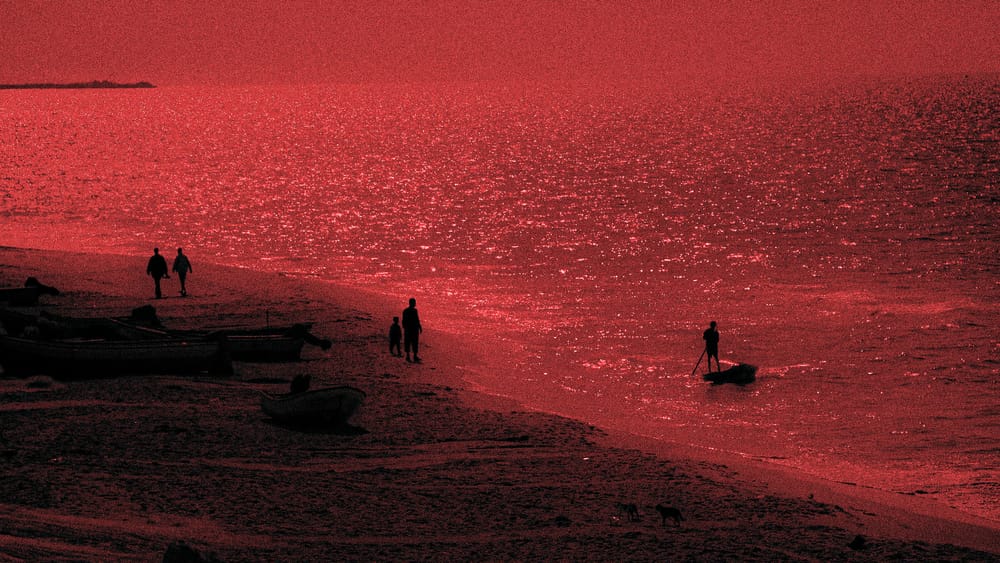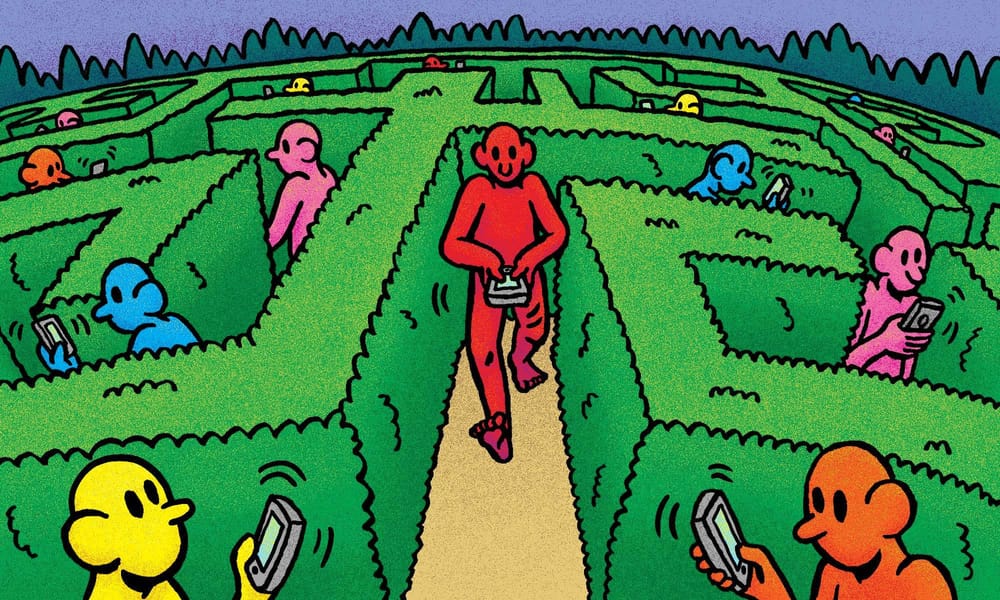Education is never stagnant; as our world evolves, so do the ways in which we perceive, process and pass our understandings on to future generations. As curious and impressionable creatures, we gain and retain much of our knowledge by being taught, rendering schools crucial environments that shape our thought patterns and subsequent actions as we grow.
While classrooms should nurture the intersection of diverse beliefs, cultures and worldviews, centuries of colonisation have distorted their function by elevating the perspectives of dominating groups and stifling the contributions of marginalised ones. These omissions have resulted in skewed systems—ones that are inherently partial because they fail to represent the Indigenous voices closest to the land and histories upon which all educational institutions are built.
How, then, can we amend what has been unjustly constructed? How can we uproot now-deeply-embedded practices and reshape them so that they not only include but honour and support Indigenous communities?
Organisations around the world are striving to answer these questions. Many are collecting resources that amplify the stories, customs and experiences of Indigenous people and promoting their integration into conversations and curricula. Others are working to increase the presence of Indigenous teachers and students at every level of education. Whatever their methods, their goal remains common: decolonise our schools by prioritising authentic and inclusive learning methods and, in turn, decolonise our futures.
Erasing Indigenous identities
Throughout history, colonisation has been characterised by the members of one group imposing their beliefs, often forcefully, upon the members of other groups to perpetuate their own opinions about how society should operate. In many countries, colonisers introduced education systems designed to uproot the existing culture of those they had colonised and replace it with their versions of the correct ways to think, speak and act—native ideas were discouraged, native languages were eliminated, and native tendencies were condemned based upon how colonisers defined 'native'. But these practices are not merely relics; they continue to be implemented today in ways both subtle and overt, unknowing and intentional.
WaziHanska Cook, Senior Managing Director of Teach For America’s Native Alliance and an enrolled member of the Oglala Sioux tribe who resides near the Pine Ridge Indian Reservation in South Dakota devotes extensive energy to grappling with the United States’ complex history and troubling present.
“Every school in this country [occupies] Indigenous land,” Cook said. As former president of the National Indian Education Association and appointed member of the National Advisory Council on Indian Education, Cook has spent years discerning how a nation tainted by over 500 years of genocide can recover and approach equality. “The intent of public education in the United States was assimilation,” Cook said. “How do we decolonise an education system that was never ours, to begin with?”
Most residential schools established across the globe were founded upon the principles of cultural assimilation: disconnecting children from their homes and communities to diminish their backgrounds and lifestyles, making room for coloniser ideologies to prevail.
Life Mosaic, an organisation based in Edinburgh, Scotland, published a book in 2019 titled Indigenous Education: The Call of the Territory by Sergi Marti with the intention of enlightening an expansive audience on the histories of, and possibilities for, Indigenous education.
Abdon Nababan, a prominent Indigenous activist from Indonesia and former Secretary-General of the Indigenous Peoples Alliance of the Archipelago, writes in the book’s preface, “[Erasure is] still happening today, and [it] is facilitated by an education system that makes Indigenous peoples invisible or obscure. This ensures that their cultures fade and become indistinct, that historical evidence is lost, and finally that their deep connection with their ancestors is torn apart.”
Marti articulates similar observations a few pages later when he writes, “National educational systems impose dominant languages and philosophies, and tend to teach homogeneous national or global knowledge. In this process, thousands of knowledges and cultures are . . . described as ignorant, obsolete, or backward.”
Re-centring Indigenous knowledge
Dismantling these oppressive, long-ingrained educational models is challenging but necessary work. Schools can be leveraged to separate and control populations, but they can also connect and empower communities in remarkable and essential ways. Several organisations, many led by Indigenous people themselves, are harnessing the liberative qualities of teaching and learning by placing Indigenous knowledges at the forefront of their programs and attempting to normalise diverse classrooms and curricula.
Cook’s goals with Teach For America’s Native Alliance involve increasing the number of Indigenous students learning from Indigenous instructors who share and embrace their heritages. Teach For America, a non-profit organisation that strives to provide “excellent and equitable education” for low-income students, in particular, recruits adults from across the United States to teach in the public school system for a minimum of two years. Native Alliance, founded in 2009, emerged as an initiative designed to expand Teach For America’s reach by “build[ing] support for Indigenous education and partnerships in all communities.”
According to Cook, cultivating this support requires constructing “culturally-responsive learning environments” that attend to the needs and identities of the communities in which they exist.
“[Culturally responsive teaching] is about . . . becoming a relative rather than [remaining] an outsider,” Cook said. “[It requires] being out there in the community, going to [public] events, build[ing] relationships with parents, grandparents and tribal leadership, and even [decorating classrooms] to reflect the culture [that surrounds them].”
Intentionally making these efforts is a crucial step that educators can take toward showing Indigenous students that they and their cultures are welcomed, valued and understood within their classrooms.
“[Growing up], the only way that I was affirmed was at home by my parents, who taught me about my culture, my language [and] my history because I never got it at school,” Cook said. “[Allowing] students [to] . . . stay connected to [their] culture[s], language[s] and identit[ies within classrooms] helps them to understand that school [is] a good place, a place that makes [them] feel like [they] are important and that [they have] a place to go on their journ[eys].”
Life Mosaic published Indigenous Education: The Call of the Territory alongside five videos detailing exceptional initiatives that have bolstered Indigenous education movements around the world, such as the development of schools and opportunities designated specifically for Indigenous students. Together, the book and videos comprise Life Mosaic’s Indigenous Education Toolkit, a collection that explains what Indigenous education is and why its prioritisation is crucial. By partnering with non-profit organisations in over 25 countries, Life Mosaic has compiled a diverse array of materials that amplify Indigenous voices and are available for anyone to discover and learn from.
“Indigenous education is a vital and creative solution to helping . . . safeguard the diverse set of locally-specific knowledge systems ensuring resilience in these times of rapid ecological and social change,” Life Mosaic states on their website. “Above all, Indigenous education is needed to ensure the survival and transmission of knowledges and worldviews that uphold spirituality, abundance, balance, resilience, adaptability, sustainability, living within the carrying capacity and making collective decisions for the benefit of all.”
The Alaska Native Knowledge Network, funded by the University of Alaska Fairbanks located in Alaska, United States, honours a mission similar to that of Life Mosaic: to “serve as a resource for compiling and exchanging information related to . . . Native knowledge systems and ways of knowing.” The organisation’s website houses essays, articles, declarations, research and links to external resources that are easy to navigate and can aid “government agencies, educators, and the general public in gaining access to the knowledge base that Alaska Natives have acquired through cumulative experience over millennia.”
One such resource, an article written by former University of Alaska Fairbanks professor Ray Barnhardt titled “Creating a Place for Indigenous Knowledge in Education: The Alaska Native Knowledge Network," discusses how locally derived knowledges and “those associated with Western society and formal education” can harmoniously coexist.
To promote this cohesion, Barnhardt emphasises the importance of “develop[ing] curriculum materials that guide teachers into [using] the local environment and cultural resources as a foundation for all learning.” He presents organising immersive visits to Indigenous territories and coordinating camps and fairs that require working closely with local Indigenous elders as just a few of the means by which educators can expand their classrooms beyond the walls that seek to enclose them. He also outlines various cultural values that are prominent within Alaska’s indigenous communities such as respect for elders, respect for nature, providing for family, hard work, humility and peace.
“Such universal values . . . provide an invaluable basis on which to construct an educational system that is not only applicable to Native students but has relevance for all students,” Barnhardt writes. “[We must] shift … from teaching about local culture to teaching through [local] culture as students learn about the immediate places they inhabit and their connection to the larger world within which they [are making lives] for themselves.”
Moving forward inclusively
To sustainably enact these changes, prioritising diversity cannot be viewed as novel or spectacular. The perspectives of Indigenous people must be regularly valued, taught and discussed to allow truly comprehensive curricula to take shape.
The Deepening Knowledge Project, a program associated with the University of Toronto’s Ontario Institute for Studies in Education (OISE), pursues this goal by maintaining a “portal of resources”, initially designed for prospective teachers and now available to the general public, that highlight Indigenous perspectives.
Jean-Paul Restoule, an associate professor of Aboriginal Education at OISE and a member of the Dokis First Nation (Anishinaabe), has helped the Deepening Knowledge Project evolve into what it is today.
Embed from Getty Images“When training [teacher candidates], we wanted to . . . ensure [that] Indigenous content [was presented] across all requirements, not just by one instructor or in one area (relegated to [an] equity course, for instance),” Restoule said.
When asked why inviting the beliefs, perspectives and practices of Indigenous people to shape learning environments is essential, Restoule answered, “[First], teaching any subject without an Indigenous perspective on it is incomplete (you’ve left out points of view); [second], teaching subjects with indigenous perspectives includes the indigenous learners in your classroom and helps build pride, self-esteem and identities among them as well as provides awareness of these topics among non-indigenous learners; [third], indigenous people [disproportionately] experience a number of social problems, such as incarceration, substance use, suicide, unemployment, marginal housing, etc., and to address these issues, we all need to be better versed in how colonialism got us here and how decolonising will get us out; and [fourth], indigenous perspectives have often stressed relationality with one another and non-humans as well as striving for balance in our activities—a necessary shift . . . to help us live more sustainably socially and ecologically in the future, one of our key challenges as a species.”
But acknowledging these reasons marks only the beginning of a long and demanding journey toward equality. Promoting Indigenous perspectives requires not only consulting external materials but turning inward to reflect on how we ourselves can best support diversity within every space we enter.
Educators in particular encounter both the privilege and challenge of facilitating inclusive discussions amongst others. “Many [teachers] report anxiety about the kinds of questions that [implementing the Deepening Knowledge Project’s resources] might raise in their classrooms, . . . their perceived inabilit[ies] to manage discussions or answer questions should some come up, . . . [and] their [overall concerns that they] lack [appropriate] knowledge for follow-up,” Restoule said. Alongside other initiatives, the Deepening Knowledge Project has kept these qualms from debilitating teachers by organising professional “development sessions” designed to explore instructors’ identities and empower them to approach inclusive education in informed and determined ways.
These personalised efforts, as well as larger, collective ones, are needed to systemically normalise diversity and uplift the voices that centuries of narrow-minded education have laboured to suppress.
“[Realising change] is extremely difficult work . . . it’s lifelong. A session won’t do it, mandating won’t do it,” Restoule said. “We’re always [taking] steps toward a longer process that might never be over. You’re never done indigenising. You’re never done decolonising.”


